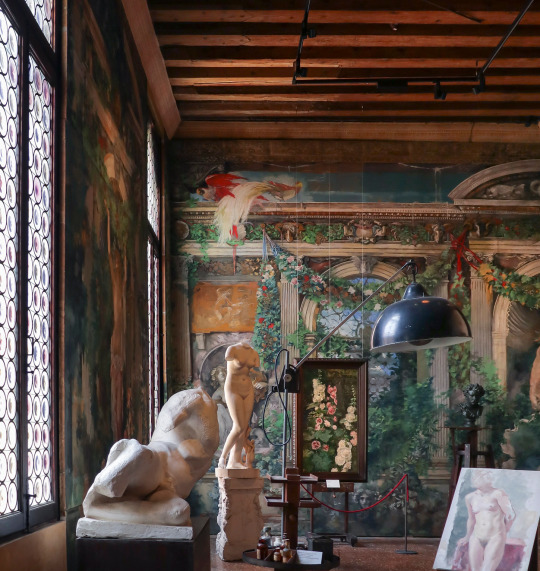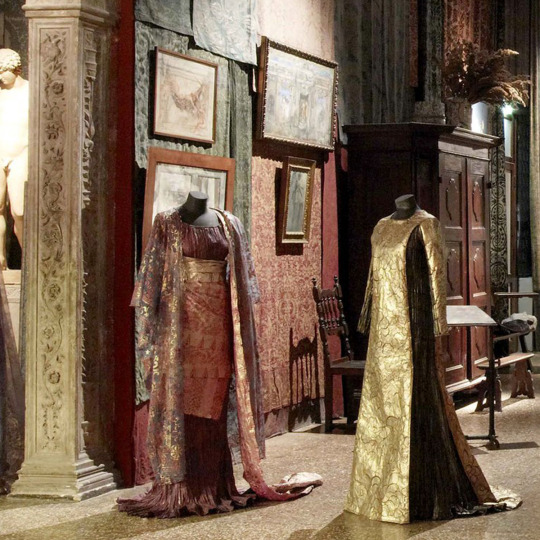#Palazzo Fortuny
Text


Primavera invertita
57 notes
·
View notes
Text
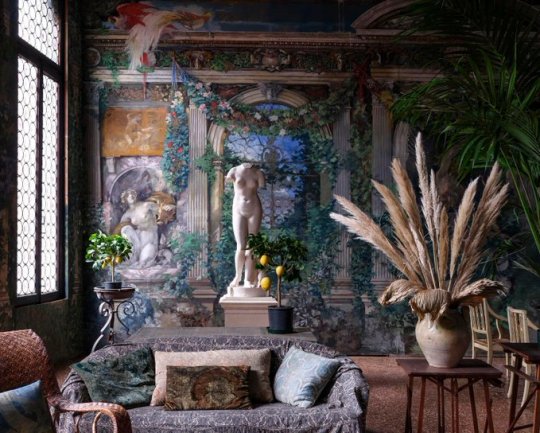
Massimo Listri: Palazzo Fortuny. 2022
32 notes
·
View notes
Photo

Paul Cesar Helleu, and Marchesa Luisa Casati in Indo-Persane costume designed by Leon Bakst in the garden of Palazzo Fortuny (Palazzo Pesaro degli Orfei), Photo by Mariano Fortuny, September 1913.
About Palazzo Fortuny:
Situated in the Gothic Palazzo Pesaro degli Orfei in Campo San Beneto; the building was transformed by Mariano Fortuny into his own photography, set-design, stagecraft, fabric-creation and painting atelier: the building still testify to all of these activities, with various art and tapestries collections. The museum also hosts temporary art exhibitions, all of which closely connected to the spirit of its founder.
#1913#marchesa luisa casati#paul cesar helleu#palazzo fortuny#Pesaro degli Orfei#venice#Gothic Palazzo#gothic#costumes#1910s costumes#1910s costume design#leon bakst#bakst#1913 costume#luisa casati#casati#marchesa#marquise#divine marchesa#luisa amman#luisa amman casati#Luisa Adele Rosa Maria von Amman#Luisa Adele Rosa Maria Amman#Marquise Casati Stampa di Soncino#Marchesa Casati Stampa di Soncino#Luisa Marchesa Casati Stampa Di Soncino#Luisa Casati Stampa di Soncino#Marchesa Casati Stampa#Marquise luisa casati#la Marquise
26 notes
·
View notes
Text
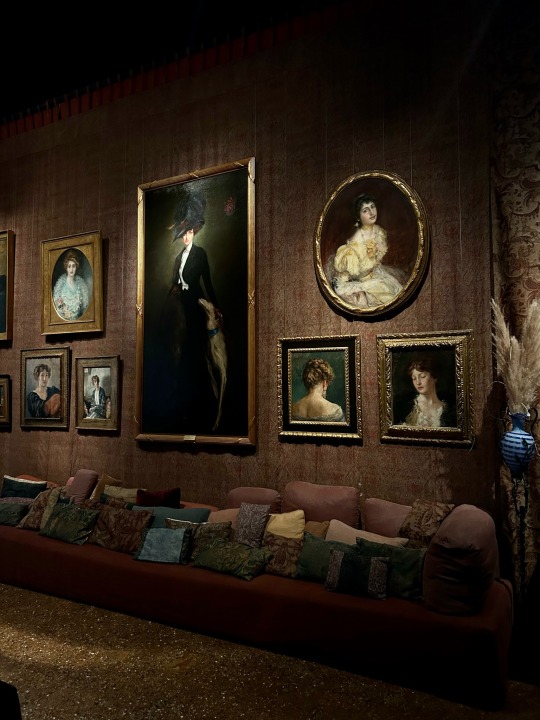
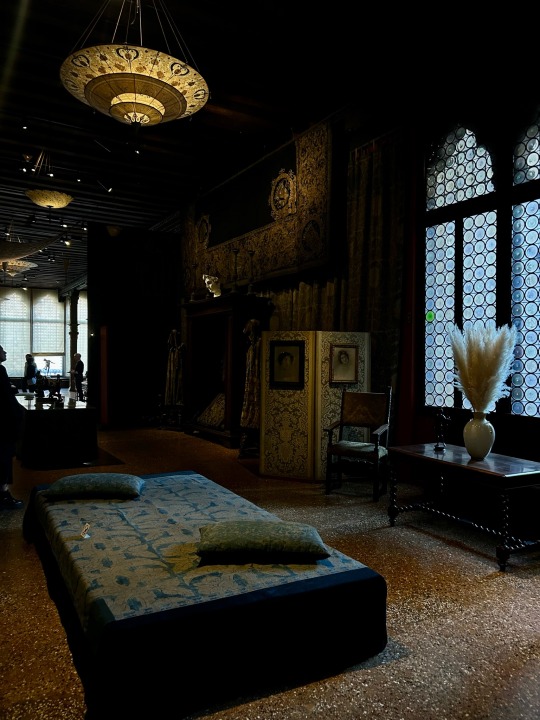


museo di palazzo fortuny. venezia, ottobre 2023
6 notes
·
View notes
Photo

GIOVANNI SOCCOL. Riflessioni notturne
10 architetture simbolo che si affacciano sul Canal grande nell’interpretazione poetica di Giovanni Soccol
0 notes
Photo

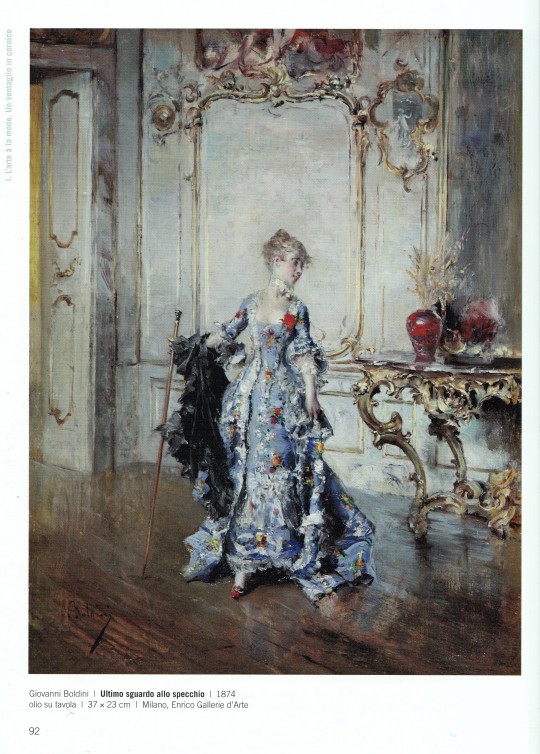
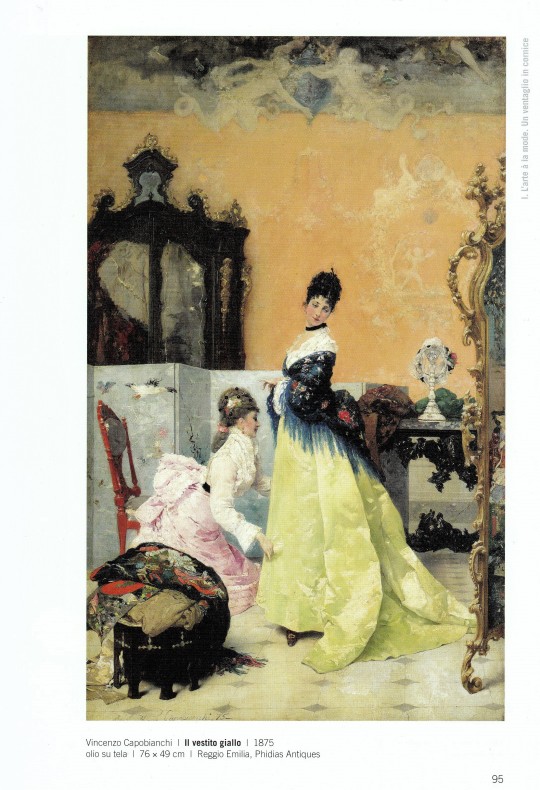
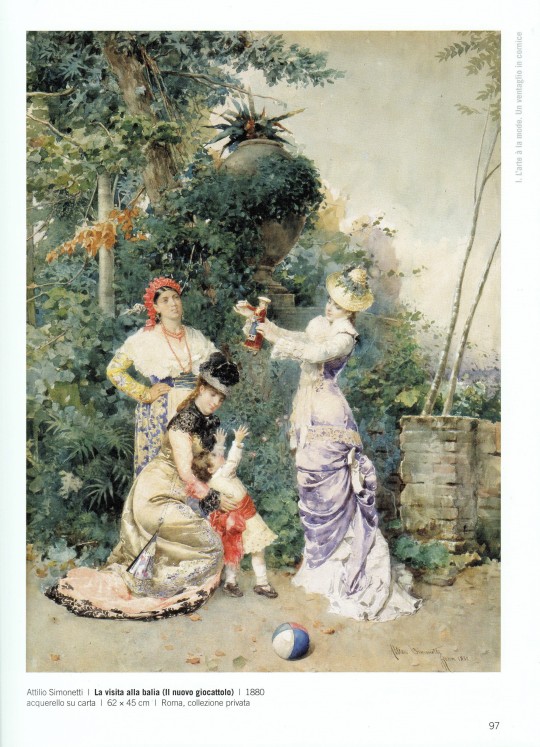
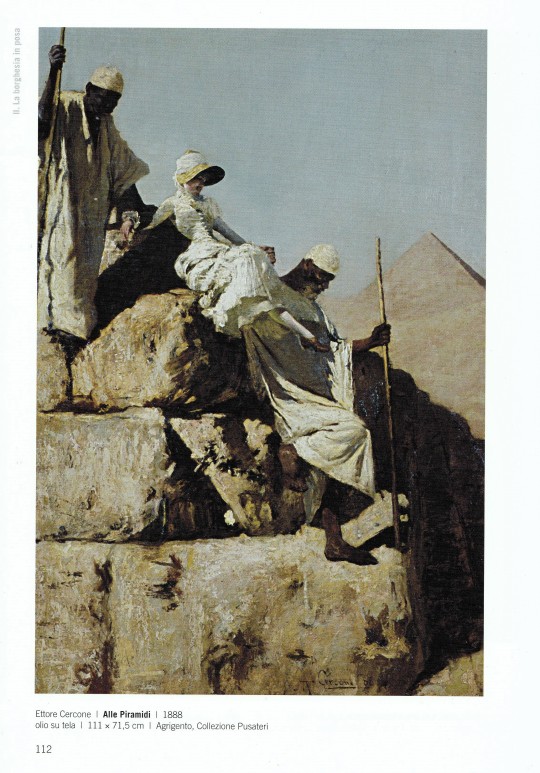


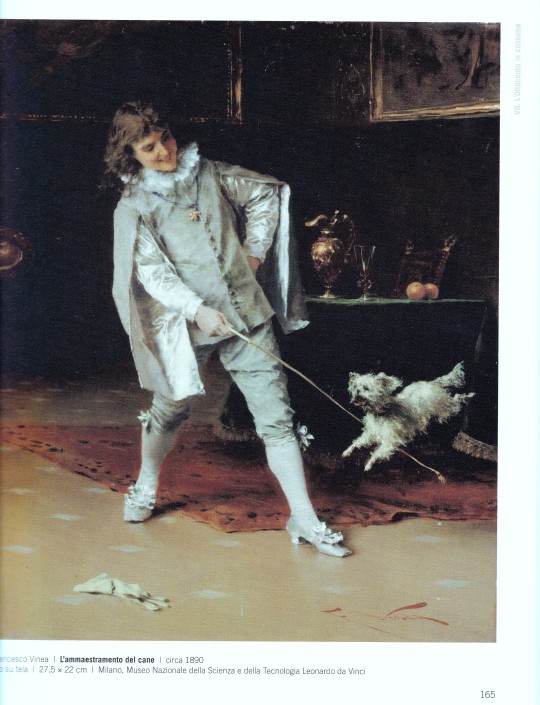
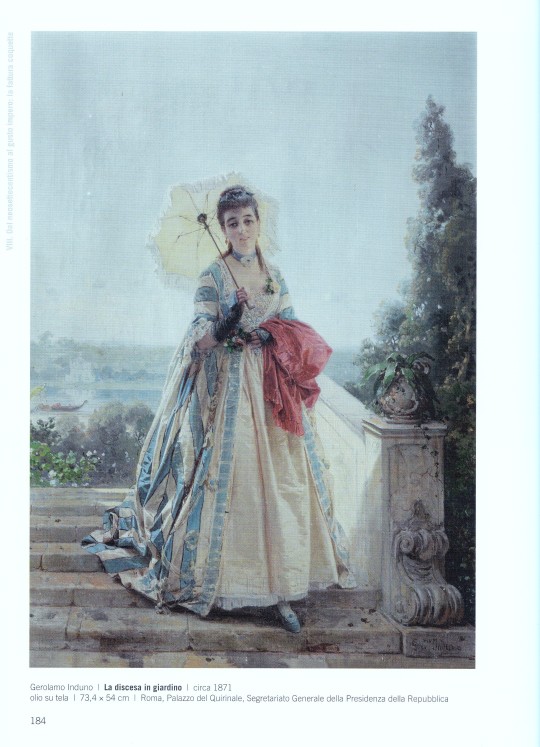
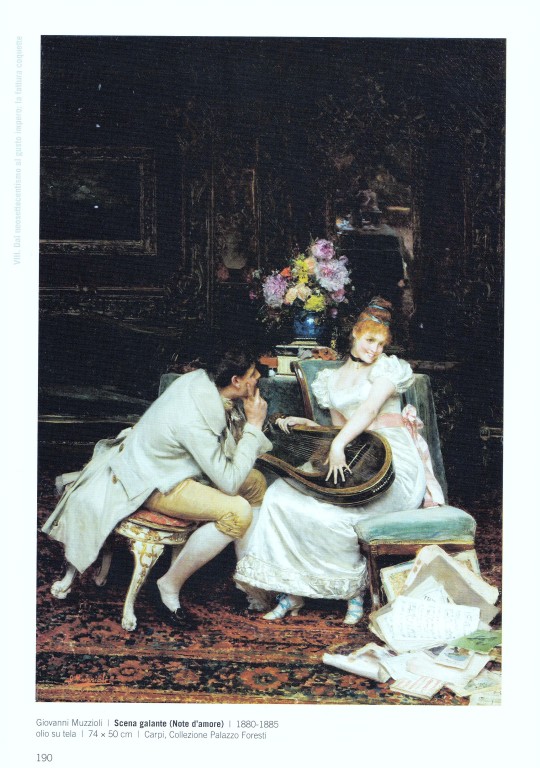
L’Ottocento Elegante
Arte in Italia nel segno di Fortuny 1860-1890
a cura di Francesca Cagianelli, Dario Matteoni
SilvanaEditoriale, Cinisello Balsamo 2011, 232 pagine, 180 ill. a colori, 23 x 28 cm, ISBN 9788836619481
euro 35,00
email if you want to buy :[email protected]
Dal 1860 l’ondata di rinnovamento dell’arte italiana vede da una parte le lotte della falange macchiaiola, dall’altra l’avvento trionfale della cosiddetta “arte alla moda”, che assimilando le tendenze francesi dilaganti nell’ambito dei Salon parigini traeva nuovi incentivi dall’astro spagnolo Mariano Fortuny y Marsal (1838-1874), destinato a lasciare in Italia un’eredità indelebile anche dopo la sua precoce scomparsa.
Piemonte, Veneto e Lombardia da un lato, Roma e Napoli dall’altro, senza contare la Toscana, gareggiavano quindi nelle esposizioni ufficiali dell’epoca grazie a una produzione artistica improntata a un’iconografia elegante e a un imperante sfarzo cromatico. L’ostracismo critico sopraggiunto istantaneamente contro tale produzione doveva decretarne di lì a poco una pressoché totale rimozione, mentre di pari passo procedeva l’affermazione dell’arte alla moda sul palcoscenico del mercato internazionale.
Con il volume s’intende far tornare finalmente in auge i protagonisti di questa importante stagione storica che, considerati finora esclusivamente come “seguaci di Fortuny”, vengono nuovamente legittimati in virtù di quell’intuizione artistica fatta di squillanti sinfonie di colore e seducenti grazie femminili che doveva preludere alla modernità.
Il volume è completato da una bibliografia.
Mostra Rovigo, Palazzo Roverella gennaio - giugno 2011
23/01/23
orders to: [email protected]
ordini a: [email protected]
twitter: @fashionbooksmi
instagram: fashionbooksmilano, designbooksmilano tumblr: fashionbooksmilano, designbooksmilano
#Ottocento Elegante#art exhibition catalogue#Palazzo Roverella Rovigo 2011#Mariano Fortuny#Giovanni Boldini#iconografia elegante#sfarzo cromatico#art books#fashionbooksmilano
23 notes
·
View notes
Text


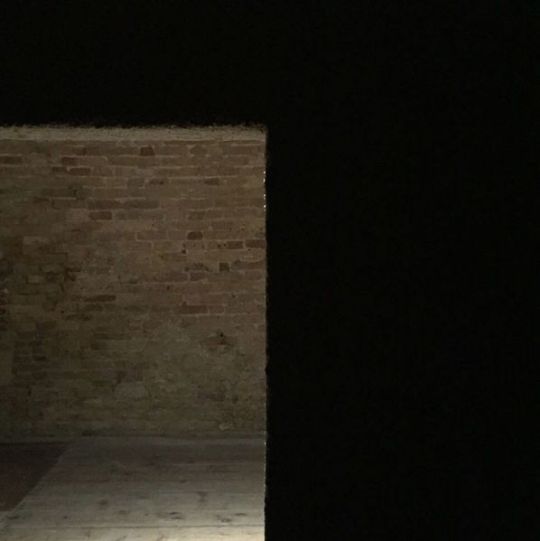
Axel Vervoordt & Tatsuro Miki / Palazzo Fortuny_Venice Biennale
PROPORTIO | Palazzo Fortuny, Venice
30 notes
·
View notes
Text
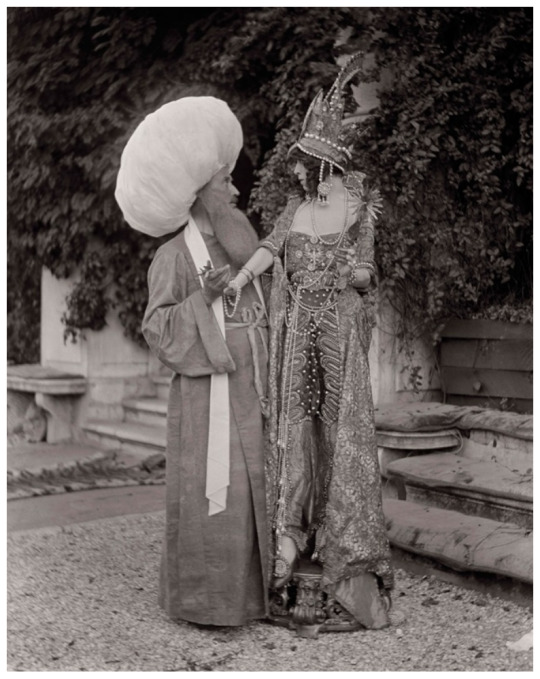
Luisa Casati and mystery companion in the garden of Palazzo Venier dei Leoni - Luisa Casati, started to live in the famously unfinished palazzo in 1910.
Luisa was one of the wealthiest women in Italy, having inherited her father’s industrial fortune. As the wife of the Marchese Camillo Casati, she was allied to the highest ranks of Italian nobility. Yet after falling under the spell of the notorious writer and aesthete Gabriele D’Annunzio, Luisa had turned her back on conventional society and, with a passion that bordered on profound eccentricity, vowed to turn her life into a work of art.
Venice was to be her theatre, the romantically derelict Venier palazzo her stage. Luisa hired an army of workmen to transform the interior into a dazzle of marble, glass and gold, but she was determined to retain the building’s dirty, overgrown and crumbling exterior.
Further evidence of Luisa’s maverick taste was revealed in the menagerie of pets that she began to gather around her — parrots, monkeys, snakes and peacocks, plus a flock of albino blackbirds that she would dye different colours to suit her mood. Most beloved of these pets was the elegantly spotted cheetah that accompanied her everywhere.
Photo: Mariano Fortuny, Palazzo Pesaro degli Orfei – Museo Fortuny © Fondazione Musei Civici di Venezia / via: Christie's

Today the Palazzo Venier dei Leoni now the Peggy Guggenheim Collection, Venice named after its last resident.
20 notes
·
View notes
Text
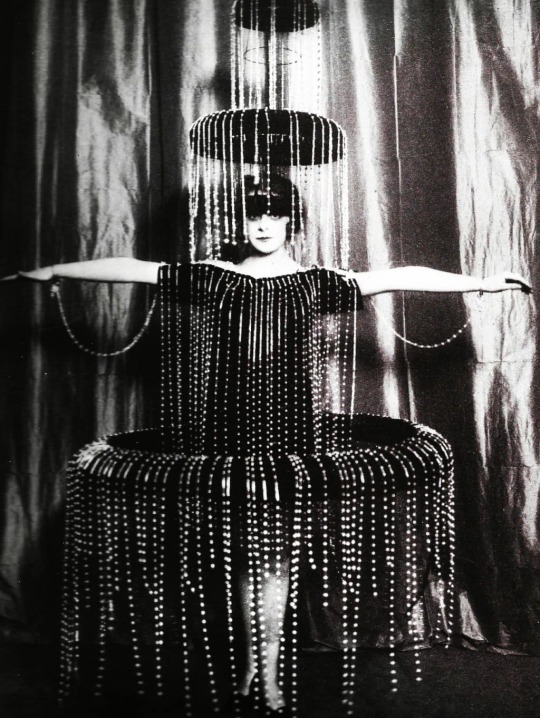

THE MARCHESA CASATI
Marchesa Luisa Casati: An inspiringly decadent true tale of a bizarre Italian aristocrat. Pet cheetahs, séances and dresses made from lightbulbs, the heiress, socialite and artist's muse Marchesa Luisa Casati led a life every bit as unusual as her outfits.
Luisa, Marchesa Casati Stampa di Soncino (born Luisa Adele Rosa Maria Amman; 23 January 1881 – 1 June 1957), was an Italian heiress, muse, and patroness of the arts in early 20th-century Europe.
Casati was known for her eccentricities that delighted European society for nearly three decades. The beautiful and extravagant hostess to the Ballets Russes was something of a legend among her contemporaries. She astonished society by parading with a pair of leashed cheetahs and wearing live snakes as jewellery.
She captivated artists and literary figures such as Robert de Montesquiou, Romain de Tirtoff (Erté), Jean Cocteau, and Cecil Beaton.[citation needed] She had a long-term affair with the author Gabriele d'Annunzio, who is said to have based on her the character of Isabella Inghirami in Forse che si forse che no (Maybe yes, maybe no) (1910).[citation needed] The character of La Casinelle, who appeared in two novels by Michel Georges-Michel, Dans la fete de Venise (1922) and Nouvelle Riviera (1924), was also inspired by her.
In 1910, Casati took up residence at the Palazzo Venier dei Leoni, on Grand Canal in Venice, owning it until circa 1924. In 1949, Peggy Guggenheim purchased the Palazzo from the heirs of Viscountess Castlerosse and made it her home for the following thirty years. Today it is the Peggy Guggenheim Collection, a modern art museum on the Grand Canal in the Dorsoduro sestiere of Venice, Italy.
Casati's soirées there would become legendary. Casati collected a menagerie of exotic animals, and patronized fashion designers such as Fortuny and Poiret. From 1919 to 1920 she lived at Villa San Michele in Capri, the tenant of the unwilling Axel Munthe. Her time on the Italian island, tolerant home to a wide collection of artists, gay men, and lesbians in exile, was described by British author Compton Mackenzie in his diaries.
Numerous portraits were painted and sculpted by artists as various as Giovanni Boldini, Paolo Troubetzkoy, Adolph de Meyer, Romaine Brooks (with whom she had an affair), Kees van Dongen, and Man Ray; many of them she paid for, as a wish to "commission her own immortality".[citation needed][citation needed] She was muse to Italian Futurists such as F. T. Marinetti (who regarded her as a Futurist) Fortunato Depero, Giacomo Balla (who created the portrait-sculpture Marchesa Casati with Moving Eyes), and Umberto Boccioni. Augustus John's portrait of her is one of the most popular paintings at the Art Gallery of Ontario; Jack Kerouac wrote poems about it and Robert Fulford was impressed by it as a schoolboy.
11 notes
·
View notes
Text

Archivio 006
(Venezia, Museo di Palazzo Fortuny 2022)
#photography#italy#italia#fotografia#photo#landscape#travelphotography#venezia#venice#conceptualprojects
51 notes
·
View notes
Text

Palazzo Fortuny dell' artista Mariano Fortuny.
Venezia.
11 notes
·
View notes
Text
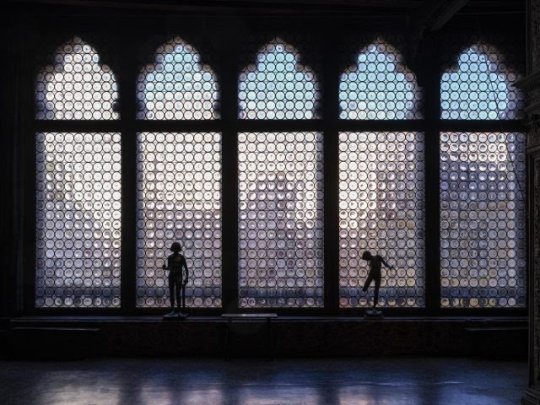
La forma sublime del mondo Palazzo Fortuny, Venezia
6 notes
·
View notes
Text
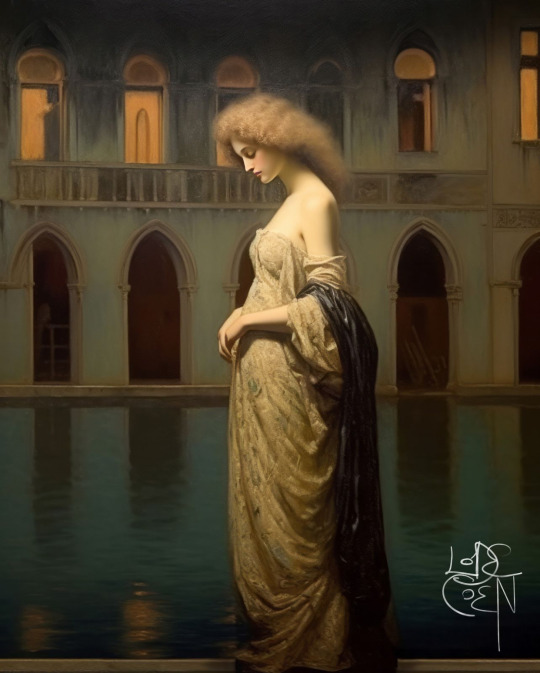


I went to Venice mid-May to receive my awards: Pegasus and Top Artists Prize. An amazing event. My visit to Venice proved to be a great source of inspiration, mainly for this blog, not so much renaissance but definitely the art up to art nouveau. The Palazzo Fortuny proved to be an amazing treasure trove for art design and fashion design. See my following blog posts making a tribute to Mariano Fortuny. And his wife the fashion designer Henrietta Fortuny (originally from Paris). Titles from top to bottom: Desdemona (Shakespeare Othello) Venice 25x20". Fortuny Model & Mirror 30x20". Carnival (Death) in Venice 25x20".
4 notes
·
View notes
Text
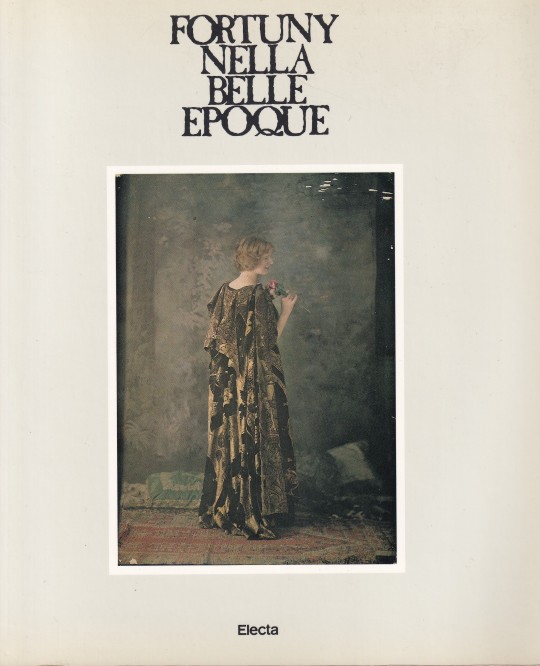
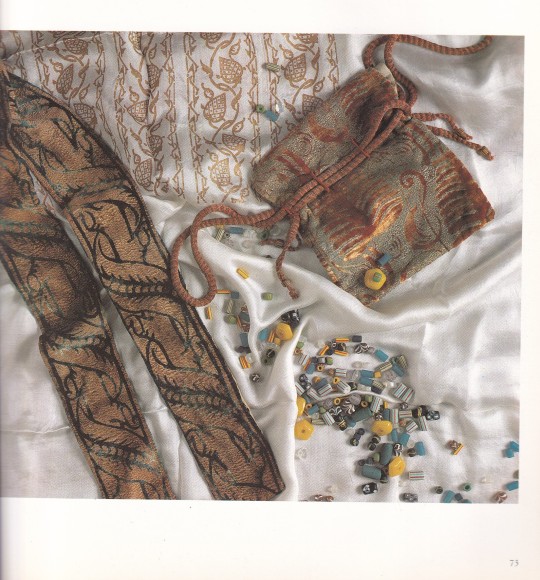

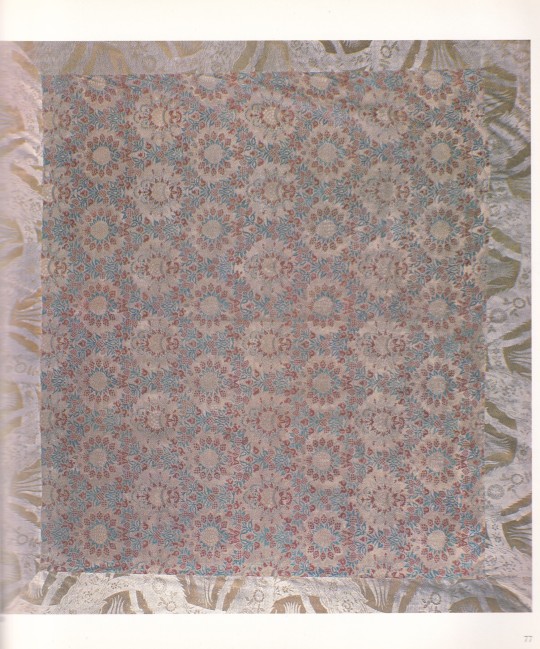
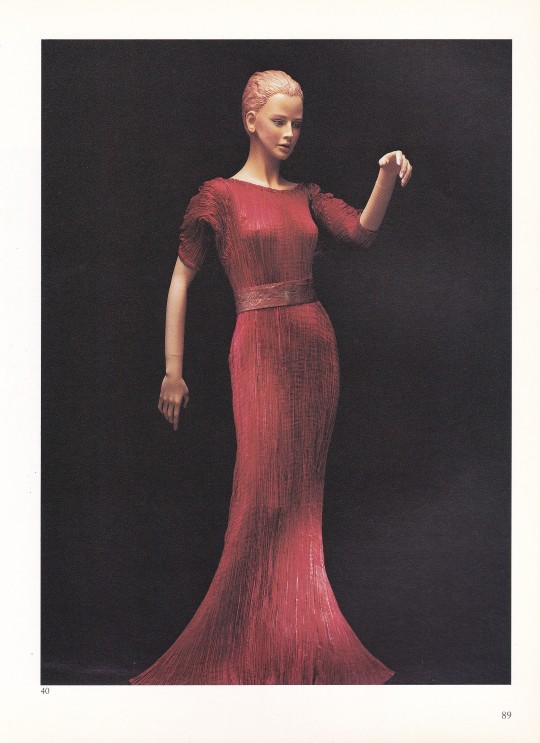
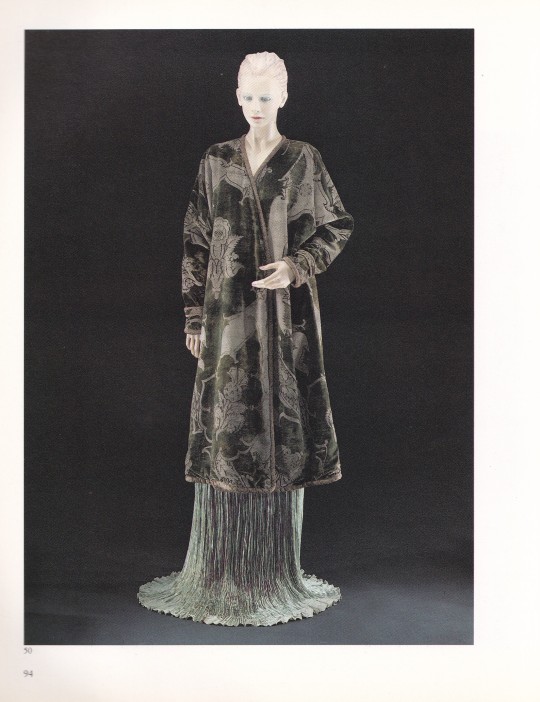






Fortuny nella Belle Epoque
Testi di Cristina Nuzzi, Guillermo De Osma, Sivia Fuso, Sandro Mescola, Paolo Peri, Alessandro Pestalozza, Italo Zannier, Sergio Polano, Simone Viani
Electa, Milano 1984, 220 pagine, 22x24cm, ISBN 978-8843510795
euro 40,00
email if you want to buy [email protected]
Mostra Firenze Palazzo Strozzi Settembre Dicembre 1984
Mariano Fortuny,artista eclettico e poliedrico, disegnatore di moda e creatore di straordinari tessuti, ideatore di una riforma teatrale che rivoluzionò l’illuminotecnica, uomo della Belle Epoque che divise la sua vita tra Parigi e Venezia, dove abitò lo straordinario Palazzo – oggi sede del museo a lui dedicato – dal 1899 alla morte, trasformandolo in dimora, ma anche in laboratorio per le sue creazioni.
Sommario del libro
- Alcuni aspetti del gusto e della cultura in Europa durante la Belle Epoque - L'artista nella torre d'avorio - Fortuny artista wagneriano - Mariano Fortuny e il teatro - La trama della sua vita - Fortuny e Caramba - Fortuny e la fotografia - Fortuny e l'arte applicata necessità dell'ornamento - Il "superfluo necessario" - Oggettistica - Schede dei tessuti e degli abiti - Schede Biografiche - Bibliografia
17/01/24
#Fortuny
#BelleEpoque #fashion exibition catalogue
#Palazzo Strozzi Firenze 1984
#Mariano Fortuny
#fashion books
#fashionbooksmilano
11 notes
·
View notes
